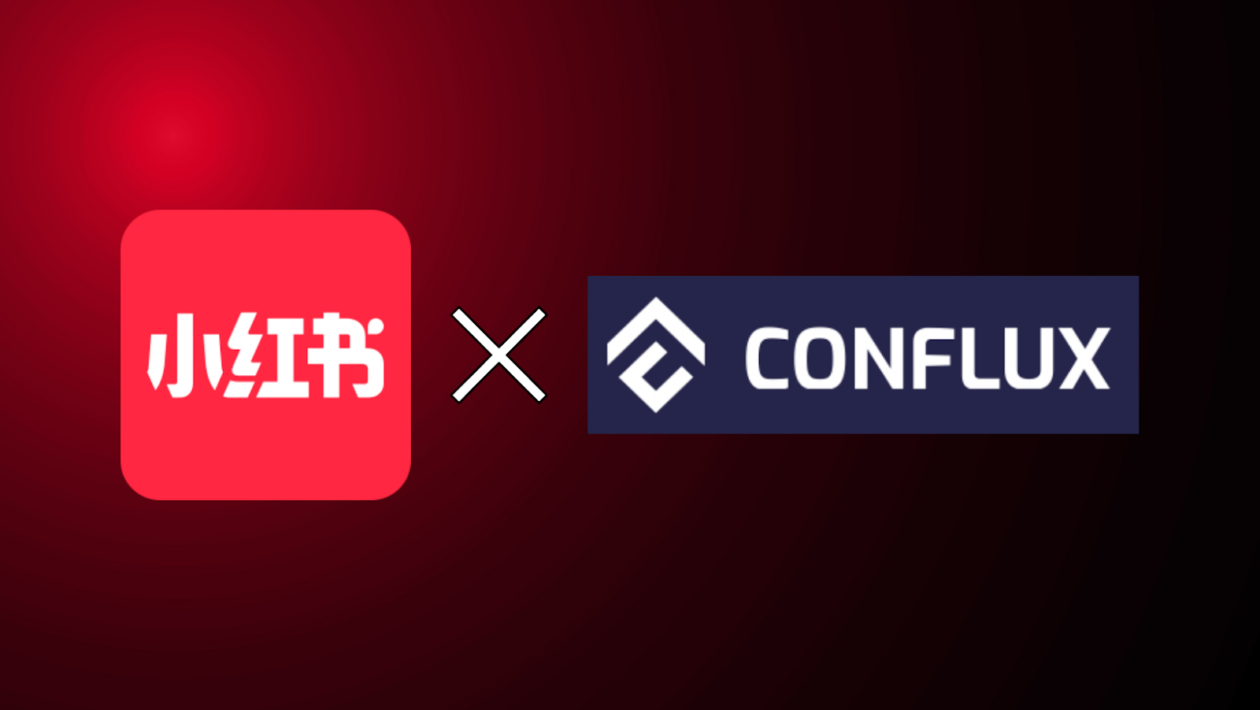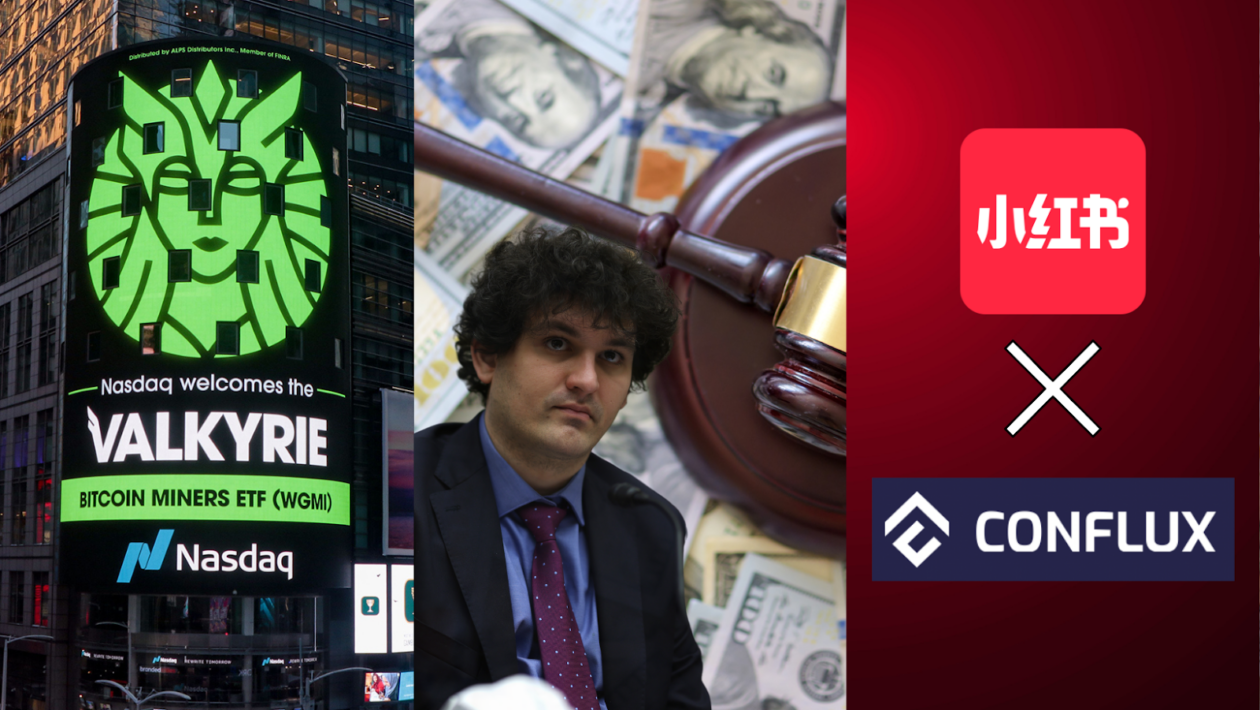In this issue
- Valkyrie: Riding high
- Sam Bankman-Fried: Time to lay low?
- Chinese NFTs: On display
From the editor’s desk
Dear Reader,
One of the greatest gifts Bitcoin gave the world was its underlying technology: blockchain. It has birthed a financial revolution, channeled capital to parts of the globe that need it, and untethered the power to transact from the few to the many. And now, as we see, in Bitcoin’s strong start to 2023, those long-awaited beams of sunlight have come out to shine on crypto’s firstborn. The question is: Why?
What makes tokens work at the most basic level is the technology that underpins them. Yet behind the impressive recent recovery in the value of the world’s original cryptocurrency lies tech that is decidedly old school.
The proof-of-work protocol that makes the Bitcoin network tick has long been surpassed on the energy use front by the proof-of-stake mechanisms that power other networks, and the network’s scalability remains limited.
Given the ever-higher premiums accorded to sustainable energy and the steady forward march of new technology in the digital asset industry, one might ask: Why still Bitcoin?
This is where birthright comes into play. BTC feels like an assuredly different bet — not just a pure play based on technological dominance, but one that also captures pent-up pressure for change in the wider macroeconomy and the crypto industry.
The value of digital assets will be redefined in the coming years, and tokens must prove their fundamental utility and merit beyond the speculative dynamics we’ve seen drive prices higher in the not-too-distant past. Some have proven worthy, but others will fail. Bitcoin’s resurgence is a demonstration that, for some, it is held in higher regard simply for being the coin that started the revolution — an expression of intrinsic value that combines technology with economic defiance amid the confines of the traditional financial universe.
Until the next time,
Angie Lau,
Founder and Editor-in-Chief
Forkast
1. BTC boom

By the numbers: Valkyrie — over 5,000% increase in Google search volume.
Alternative asset management firm Valkyrie’s Nasdaq-listed Bitcoin Miners exchange-traded fund (ETF), WGMI, has doubled in value over the month of January, as the best-performing U.S. fund of any kind in 2023 so far.
- WGMI’s January rally is around 25% higher than that of the second-best performer, according to a Bloomberg report.
- WGMI closed trading on Tuesday at US$8.88, up nearly 100% from US$4.56 at the beginning of the year, though it is still a long way off its all-time high of US$26.68 last February.
- WGMI, an acronym of the popular crypto rallying cry, “We’re gonna make it,” tracks the performance of crypto mining companies, including Hive Blockchain Technologies, Digihost Technology, Bitfarms, Marathon Digital Holdings, Riot Platforms and Hut 8.
- Other crypto-related ETFs, including investment manager VanEck’s Digital Assets Mining (DAM) ETF and Digital Transformation ETF (DAPP), alongside the Global X Blockchain ETF (BKCH), also ended January higher, up 75%, 64% and 64%, respectively.
- Bitcoin, the world’s first cryptocurrency, has gained 38.4% since the beginning of the year, having enjoyed its best January since 2013 after reaching a five-month high of US$23,918 early morning Hong Kong time on Monday before retracing to US$23,009 at mid-week.
- Bitcoin broke through the US$23,000 price ceiling last week for the first time since last August.
Forkast.Insights | What does it mean?
The Bitcoin mining industry spent much of last year in retreat. As the price of Bitcoin collapsed, dozens of mining companies began defaulting on loans, while some collapsed completely.
Core Scientific, the largest publicly-traded U.S. Bitcoin mining company by computing power, went bankrupt, joining Compute North, another prominent North American miner. The dire situation left lenders that had underwritten the industry to the tune of US$4 billion forced to keep machines running to help recoup debt.
Although the fortunes of Bitcoin mining firms have improved somewhat, the situation for the industry remains grim. The era of cheap energy has ended, and authorities in a number of jurisdictions are taking an increasingly dim view of the energy drain — and sometimes even heightened social tension — that comes with Bitcoin mining.
If the Bitcoin mining industry is to survive, it needs to reconsider the energy-intensive requirements for keeping the network secure. Bitcoin is now the only major digital currency still using a consensus protocol that forces machines to compete against one another to solve puzzles, consuming as much energy as Sweden does in the process.
Ethereum’s move to proof-of-stake slashed its energy usage to a fraction of its former level, despite the fact that Ethereum is a bigger network in terms of on-chain activity. Bitcoin miners might be singing now, but the current relatively good times likely won’t last forever.
2. Who helped post SBF’s bail?

By the numbers: Sam Bankman-Fried — over 5,000% increase in Google search volume.
Sam Bankman-Fried, the founder and former CEO of the now-bankrupt FTX crypto exchange, is now accused by U.S. federal prosecutors of tampering with a witness in the criminal fraud case against him, potentially bringing new bail restrictions.
- In a letter to U.S. District Judge Lewis Kaplan, prosecutors alleged that Bankman-Fried had been communicating with the current general counsel for FTX US, who may be a witness at trial, through encrypted messaging app Signal and via email, suggesting “an effort to influence” the witness’s potential testimony.
- The prosecutors urged the judge to impose new restrictions on Bankman-Fried to prevent him from contacting any current or former employees of FTX and its trading arm, Alameda Research, and bar him from using “any encrypted or ephemeral call or messaging application.”
- Bankman-Fried’s lawyer, Mark Cohen, dismissed the prosecutors’ allegation, saying that his client’s communication with the witness on Signal was “merely an innocuous attempt to offer assistance in FTX’s bankruptcy process,” and he sought to remove a bail condition that denies Bankman-Fried access to FTX or Alameda assets or cryptocurrencies.
- This week, Judge Kaplan also signaled he may reveal the identities of two benefactors who helped Bankman-Fried post his US$250 million bond, which has allowed him to be confined to his parents’ home in California rather than sit in jail. Two of Bankman-Fried’s four bail surety backers have been identified as his parents, but there are two others whose identities are currently unknown to the public.
- Bankman-Fried has pleaded not guilty to eight criminal charges, including wire fraud and conspiracy to commit money laundering, related to the implosion of FTX, and his first trial is currently scheduled to begin in October.
- In another court filing, lawyers for FTX and its debtors said certain insiders at the company were not providing information “critical to the debtors’ and committee’s recovery efforts,” and asked for authorization to issue subpoenas, including to Bankman-Fried, his parents, his brother, and several of the company’s former top executives.
- Last week, FTX released a complete list of its creditors. The 115-page document named not only Web3 companies such as Coinbase, Yuga Labs and Chainalysis but also entities in a wide range of industries, including tech giants Apple, Meta, Google and Amazon. FTX’s creditors also include media companies New York Times and Wall Street Journal, which asked the court to unveil Bankman-Fried’s bail sponsors as a matter of “public interest.”
Forkast.Insights | What does it mean?
Bankman-Fried’s relative liberty since his arrest has, reasonably enough, allowed the former FTX chief plenty of time as well as access to digital communications to protest his innocence.
While under house arrest at his parents’ home in California, Bankman-Fried has set up his own Substack page and has used his 1.1 million-strong following on Twitter to highlight what he describes as flaws in the prosecution against him.
The latest allegation that he has been trying to influence a potential witness is another example of the challenge law enforcement faces when it comes to running multiple cases against a sophisticated accused party fighting the charges against him.
While FTX’s bankruptcy proceedings are under way, there also are civil actions by both the U.S. Securities and Exchange Commission and the Commodity Futures Trading Commission. These come in addition to the criminal case brought against Bankman-Fried, who has pleaded not guilty.
Bankman-Fried has asserted he’s innocent as prosecutors build a growing case against him. His freedom to do so and to try to sway public opinion in his favor is guaranteed under the rules of due process, no matter how unpalatable some may find the extent to which he is exercising those freedoms. Time will tell whether his efforts to shape the narrative regarding his criminal culpability extend to improper interference in legal processes — and whether the court of public opinion has any bearing on the court of law that will ultimately decide his fate.
3. Image matters

A Chinese social media application and e-commerce platform that is widely described as the Chinese equivalent of Instagram has integrated layer-1 public blockchain Conflux Network, allowing users to showcase non-fungible tokens (NFTs) on their profile pages, according to Conflux.
- Conflux said that more than 200 million active monthly users on Xiaohongshu, or “Little Red Book,” which takes its name from a collection of Chinese former leader Mao Zedong’s quotes and writings, can present NFTs minted on Conflux on its digital collectibles section R-Space.
- Influencers on Xiaohongshu have recently been strutting NFT clothes. The virtual costumes range in price from a head ornament costing 20 yuan (US$2.96) to a sci-fi-themed dress priced at 5,000 yuan (US$741.66).
- R-Space went online in November 2021, allowing users with real-name accounts to buy and display digital collectibles created by artists on Xiaohongshu and give them out as gifts. The platform does not allow trading between owners of “digital collectibles” — a euphemism in China for NFTs.
- Since imposing a strict mining and trading ban on cryptocurrencies in 2021, China has stayed mum when it comes to issuing rules on NFTs, the trading in which state-backed media outlets have frequently criticized. Chinese firms have taken to using the term “digital collectible” to avoid inviting further government ire.
- The Chinese province of Hainan recently announced that it would step up its oversight of digital collectibles, including cracking down on fraud and copyright infringements, censoring on-chain artwork, and curbing financial risks related to trading in digital collectibles.
- Despite there being no shortage of rhetoric against NFT speculation, the China Digital Asset Trading Platform, the country’s first state-backed and regulated secondary market for digital collectibles, was supposed to have launched in January 2023, although its website was still displaying the message “coming soon” on Feb. 1.
- Singapore-registered Conflux has gained government endorsements in some parts of China, where it has collaborated with brands such as McDonald’s.
Forkast.Insights | What does it mean?
The move by Xiaohongshu, which is known for e-commerce integration, shows that the Chinese internet heavyweight is still supercharging its NFT business at a time when its peers are taking a more cautious approach toward NFTs.
China typically welcomes technological innovation only if outgrowths such as speculation are prevented, as demonstrated by Chinese authorities simultaneously encouraging blockchain technology adoption while banning crypto trading. Industry experts have told Forkast that the same mentality may be informing the country’s approach to NFTs.
Sunday’s announcement by 10 state agencies in Hainan Province, a popular tourist destination in southern China, specifically addressed the risks of NFT trading and described the stepping up of oversight of the digital collectibles industry as necessary. The authorities also said NFT firms should register with the government or obtain approvals relating to artwork management and internet information management rules.
The Hainan authorities said that although regulating digital collectibles was a matter of urgency, it was essential to guide the NFT industry to empower tourism and culture as Hainan develops its free-trade port.
The policy statement suggests that Hainan’s authorities are serious about developing the NFT industry, but whether similar regulatory oversight — which would provide clarity for companies to make investments and do business — will extend to other provinces and parts of China remains in question.




